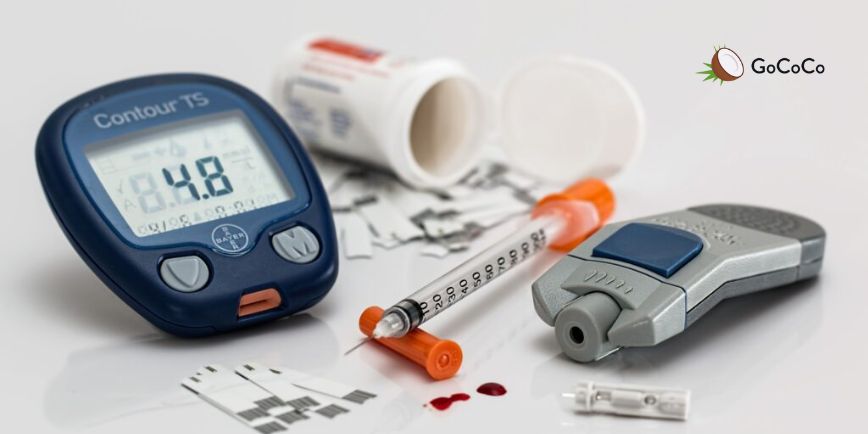Inbound Diabetes: What It Means and How It Affects Daily Choices

What Is Inbound Diabetes?
“Inbound diabetes” isn't a medical diagnosis but a descriptive phrase used by some wellness and nutrition communities. It refers to the stage where a person is on the path toward developing type 2 diabetes marked by signs like:
- Frequent cravings (especially for sweets or processed carbs)
- Midday energy crashes
- Blood sugar fluctuations (though not yet chronic)
- Gradual weight gain, especially around the waist
- Slightly elevated blood glucose levels
👉 It’s often linked to prediabetes, metabolic syndrome, or insulin resistance. Think of it as the body’s warning system asking for a reset.
🟢 Why this matters: Catching inbound diabetes early allows for habit changes that may prevent progression to full-blown type 2 diabetes.
Signs You Might Be Approaching Inbound Diabetes
While symptoms vary, people in this state often experience:
- Fatigue after meals
- Food cravings shortly after eating
- Brain fog
- Increased thirst
- Trouble sleeping
- Mood swings
These are not always obvious and may be dismissed as “normal” stress or aging. But collectively, they suggest your body is struggling to maintain balance.
How to Manage Inbound Diabetes Through Everyday Choices
Before medication is even part of the conversation, small lifestyle adjustments can make a big difference.
Start here:
✅ Eat real, whole foods
- Focus on veggies, legumes, whole grains (like oats or barley), and plant-based proteins
- Minimize processed snacks—even “diabetic” ones—especially if they contain sugar alcohols, added fibers, or hidden sweeteners
✅ Move regularly
- Even a 10-minute walk after meals supports insulin sensitivity
✅ Drink water, not flavored drinks
- Herbal teas and water with fruit slices are great alternatives
✅ Sleep and stress
- Aim for 7–9 hours of sleep
- Use mindfulness or breathing techniques to lower daily cortisol levels
✅ Watch out for fake “health” foods
- Bars, shakes, and candies labeled as diabetic-friendly can still disrupt balance if overused
These habits are not quick fixes, but sustainable strategies for long-term stability.
Is Inbound Diabetes Reversible?
The good news: Yes, in some cases, inbound diabetes can be reversed or at least halted—without medication, if caught early.
📌 Key strategies:
- Respond to cravings with real food, not sweet substitutes
- Rebuild meals around fiber-rich and plant-based options
- Focus on consistency, not perfection
⚠️ But remember, if you’ve been told you’re prediabetic or insulin resistant, it’s best to work with a healthcare provider and possibly a registered dietitian who understands whole-food nutrition,not just sugar counting.
Conclusion: Early Awareness Is a Powerful Tool
Inbound diabetes is your body waving a flag not in panic, but as a gentle nudge toward change.
Instead of relying on quick fixes or sugar-free snacks, take it as an opportunity to reshape your habits with foods that support you long-term.
There’s no need for extreme diets,just small steps toward whole, balanced eating and movement. Your future self will thank you.




